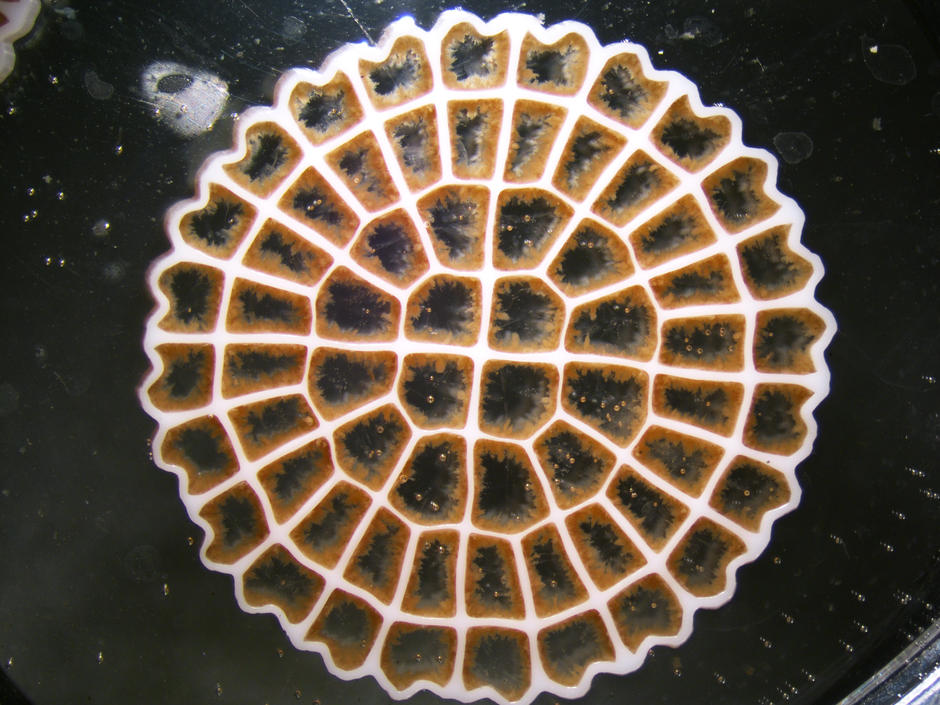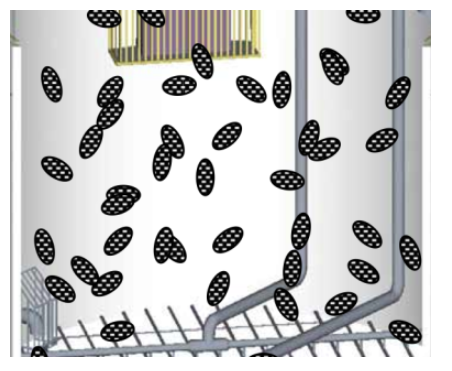Sewage Treatment is not commonly viewed as an interesting conversation starter, unless you are a water engineer like me! Such conversations with my family rarely extend beyond my husband feigning interest and my youngest child understanding that a sewage treatment plant is not actually a “plant” that grows out of the ground. This exciting new development in sewage treatment, however, is something that I think would fascinate even the uninitiated.
My company, Veolia Water Technologies, together with Urban Utilities, is happy to announce the construction of the first sidestream ANITA™ Mox treatment process plant in Australia. How is this an exciting development? Let me explain.

The ANITA™ Mox treatment process utilises a very unique type of bacteria that was first discovered in the 1990s — though it is likely to have been around living in anaerobic conditions since long before the dinosaurs or most other life on earth. These bacteria, called Anammox, behave in the most unexpected manner when presented with high loads of nitrogen-based compounds — giving off a distinct red glow. This phenomenon indicates the presence of live Anammox bacteria that are working to remove nitrogen from the stream.
We began working with Urban Utilities in 2015 through their Innovation Program, as they were also exploring the use of Anammox bacteria to offer a more cost effective and environmentally-friendly treatment process.
One of the challenges of using Anammox bacteria for the sewage treatment process is the difficulty of cultivating the bacteria culture. To add to the complexity, Australia’s strict bio security laws do not allow Anammox bacteria to be imported from biofarms outside the country. It has taken Urban Utilities and Veolia over 4 years to grow a sufficient number of bacteria to kickstart the first ANITA™ Mox process in Australia — beginning in a little bucket that has now expanded into a small biofarm at Urban Utilities’ Luggage Point Resource Recovery Centre. From 2020, we will have our first full-scale ANITA™ Mox process up and running — making it a lot easier to harvest the seed from this plant to start up other ANITA™ Mox processes elsewhere in Australia!
Wastewater treatment plants generally produce two products — a clean effluent, which can be recycled or discharged to the environment, and a sludge product, which comprises contents that are similar to what we flush down our toilets, albeit with the water removed. When managed correctly, this sludge can also be recycled as a fertiliser or used to generate alternative forms of energy.
Here’s where things start to get interesting: when sludge is “squeezed” to remove water, we get a liquid waste stream that is extremely concentrated with nitrogen — most of it in the form of ammonia.
Nitrogen is an essential element for life and circulates in the Nitrogen Cycle, where nitrogen is converted into multiple chemical forms as it moves through earth, water, and air. Elevated concentrations of nitrogen in our rivers and oceans can result in algae growth. This is something we try to avoid when managing nitrogen in wastewater treatment and a lot of effort is made to keep nitrogen out of these bodies of water.
Before the ANITA™ Mox process came into the picture, this highly concentrated nitrogen stream had to be directed back into the main treatment process at the wastewater treatment plant for further treatment. This process consumes a lot of energy and chemicals, which contributes significantly to the plant’s operational costs.
Now, with the ANITA™ Mox process, we can direct this concentrated stream to a simple mixed tank filled with media that houses our precious Anammox bacteria. We feed the bugs a little air (60% less than conventional denitrification) and the process can remove up to 90% of ammonia and 85% of the total nitrogen content from the stream. Our main treatment process can then be relieved from treating this highly concentrated stream, significantly reducing the running costs involved.

The ANITA™ Mox treatment process is an organic, environmentally-friendly, and energy efficient solution, where we utilise one of nature’s own processes to carry out the complex job of removing nitrogen from the effluent, much more efficiently than man-made processes. What’s more, with the substantial operating cost-savings, the initial investment on the ANITA™ Mox process will have paid for itself in 2-3 years. In my opinion, every wastewater treatment plant in the country should consider one of these cost-effective and sustainable ANITA™ Mox processes!
To find out more about Veolia’s ANITA™ Mox process, get in touch with me via [email protected]


